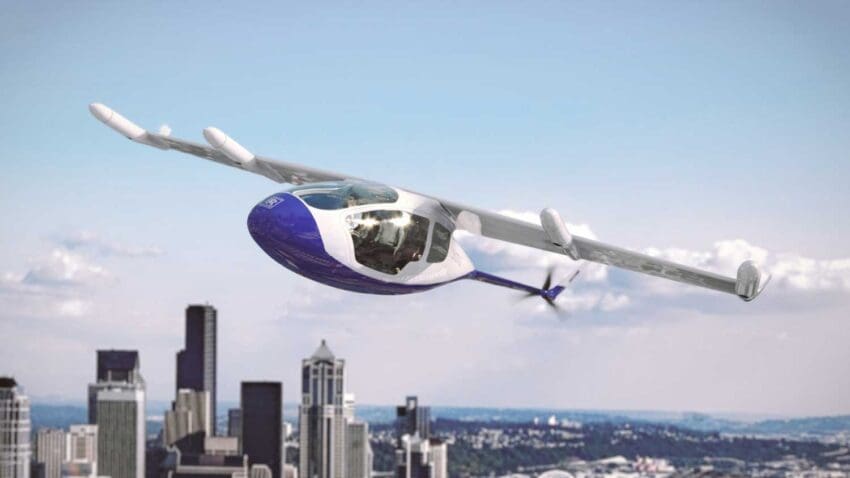Rolls-Royce exits electric flying taxi venture amid market challenges
Rolls-Royce has officially closed down its electric flying taxi operations, a move that signals a strategic shift under CEO Tufan Erginbilgic.
The aerospace and engineering giant had been a significant player in the electric vertical take-off and landing (eVTOL) market, with its advanced air mobility ambitions driven by the record-breaking Spirit of Innovation electric aircraft. The company’s departure from the sector reflects doubts over eVTOL’s near-term commercial viability and concerns over investment levels required to advance battery and motor technologies.
The programme, initially championed by former CEO Warren East, was once a high-profile venture that received government support and was intended to cement the company’s role in the future of electric aviation. However, upon Erginbilgic’s arrival in January 2022, he raised concerns about the substantial costs and timeline associated with eVTOL development. Despite efforts to find a buyer, Rolls-Royce announced it would shut down its Advanced Air Mobility division after no sale materialised.
Rolls-Royce’s exit comes at a turbulent time for the eVTOL industry, as other players face financial difficulties. British eVTOL firm Vertical Aerospace is in search of emergency funding, and German rival Lilium recently went bankrupt after burning through $1 billion.
The decision to abandon eVTOL projects was confirmed in a trading update, where Rolls-Royce also reported robust core operations. The company expects to generate between £2.1 billion and £2.3 billion in underlying operating profits for the full year, alongside significant cash flow of £2.1 billion to £2.2 billion. However, its shares dropped by 3.7%, closing at 552¾p, amid slight concerns over the nine-month engine flying hours figure, which was a bit lower than analysts anticipated.
Engine flying hours, primarily from Airbus A350 and Boeing 787 long-haul aircraft, increased by 18% year-on-year, finally surpassing pre-pandemic levels. Rolls-Royce’s Trent XWB and Trent 1000 engines are now operating at 102% of pre-COVID hours, within the forecasted range of 100% to 110% but not quite reaching some analysts’ higher projections. The company’s long-term contracts tie revenues to engine usage, making these metrics crucial for investors.
Rolls-Royce’s transformation strategy under Erginbilgic aims to strengthen core areas and shed peripheral projects. Having restored the company’s debt to investment grade, Erginbilgic signaled that dividends would return in the new year, reflecting confidence in the company’s repositioning.
In addition to focusing on aerospace, Rolls-Royce is advancing in the small modular reactor (SMR) space. It has secured investment from the Czech government for its SMR technology, adapted from the Royal Navy’s submarine fleet, and is in the UK’s regulatory process for SMRs, outpacing competitors by roughly 18 months.
Rolls-Royce’s shift away from eVTOL highlights its renewed focus on high-performing core operations and green energy solutions. As Erginbilgic said, “Our transformation of Rolls-Royce into a high-performing, competitive, resilient, and growing business continues with pace and intensity.” The company’s remaining investments underscore its commitment to innovation, but with a sharper focus on scalable and financially viable technologies.
